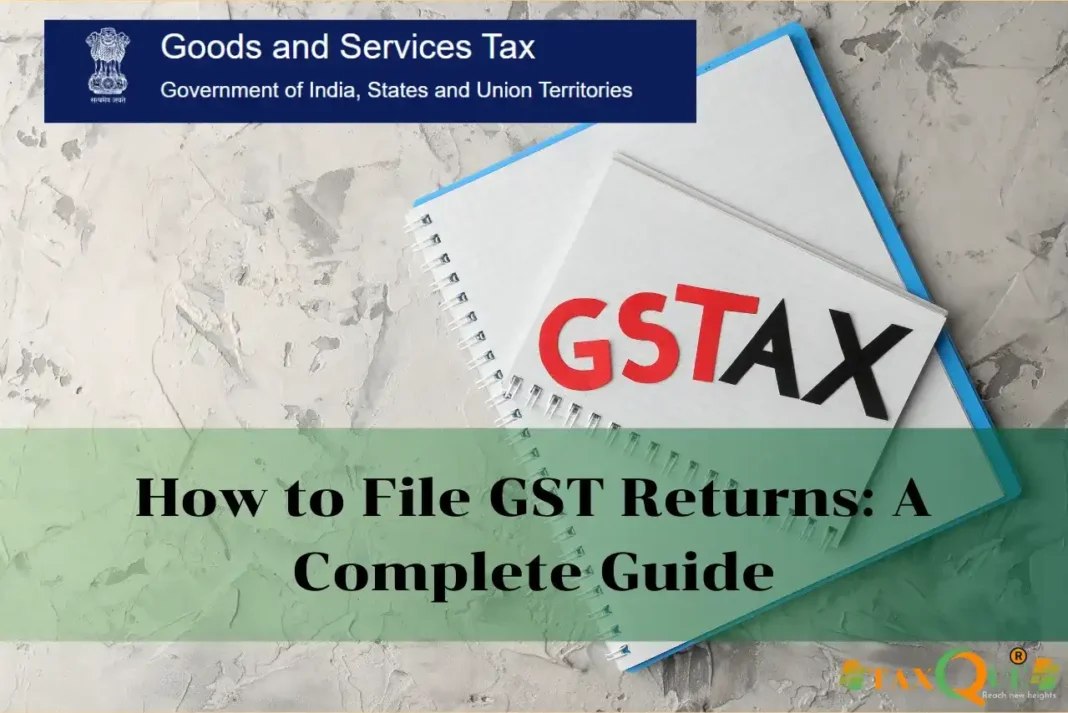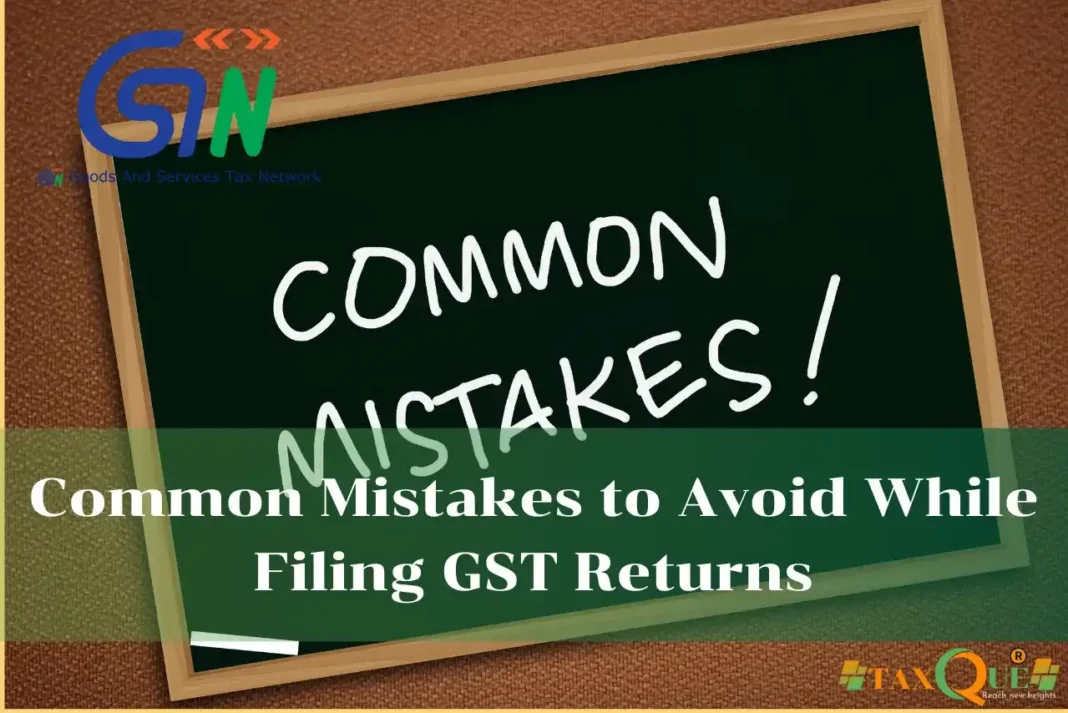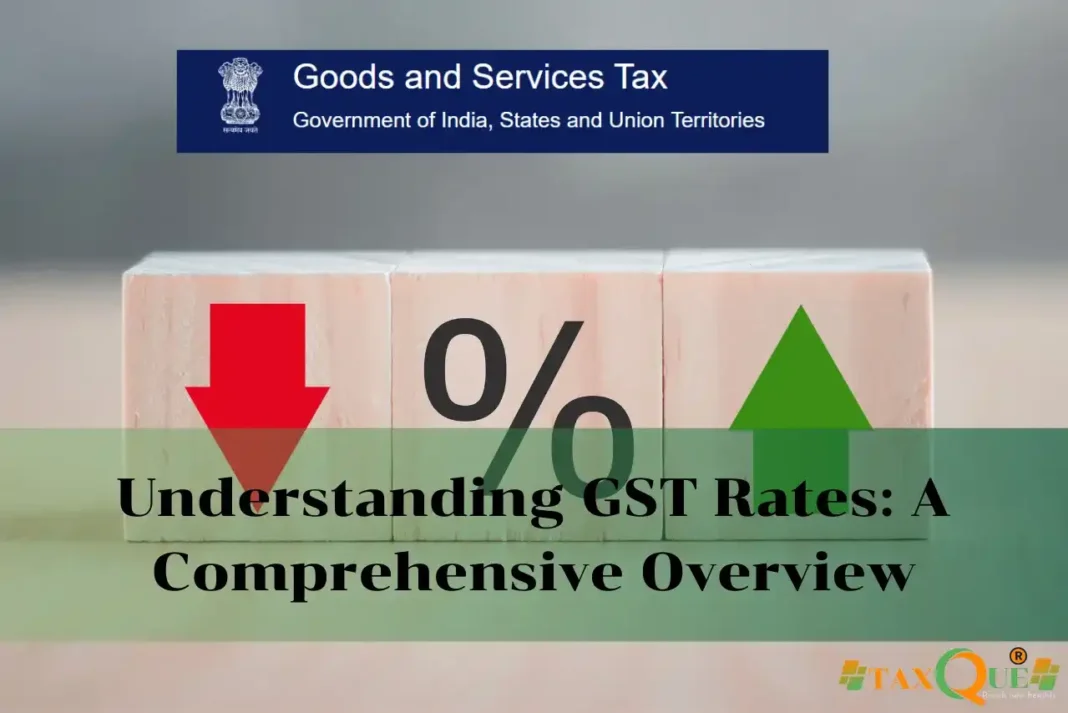Master GST Returns Filing in 2025: A Step-by-Step Guide for Every Business Owner
Introduction
GST (Goods and Services Tax) has transformed the tax system in India, but understanding how to file GST returns can still be overwhelming for many business owners. Filing GST returns is a legal requirement for businesses registered under GST, and ensuring accurate and timely submission is crucial to avoid penalties. This guide breaks down the GST return filing process, helping you stay compliant and avoid any issues.
What Are GST Returns?
GST returns are the documents that businesses need to file with the government to report their sales, purchases, and the GST collected and paid during a specific period. These returns help ensure transparency and compliance with the GST Act. Filing returns is mandatory for all GST-registered businesses, and different returns are required based on the type of business and GST scheme under which it is registered.
Why It Matters
- Legal Requirement: Filing GST returns is a mandatory obligation under Indian tax law.
- Avoid Penalties: Timely filing helps businesses avoid penalties, interest, and legal issues.
- Input Tax Credit (ITC): GST returns allow businesses to claim tax credits for taxes paid on purchases.
- Business Credibility: Being compliant boosts your credibility with vendors and customers.
Types of GST Returns
There are multiple GST return forms, and the ones applicable to you will depend on the type of business you run. Here’s an overview:
- GSTR-1: Used to report outward supplies (sales). It must be filed by the 10th of every month.
- GSTR-2: Used to report inward supplies (purchases). This form is auto-populated, and businesses need to verify it.
- GSTR-3B: A summary return for GST payments and filing of monthly tax liability. Due by the 20th of each month.
- GSTR-4: Filed by taxpayers registered under the Composition Scheme. It is filed quarterly.
- GSTR-5: For non-resident foreign taxpayers, to report their GST liabilities.
- GSTR-6: For Input Service Distributors (ISD) to distribute credits.
- GSTR-7: For taxpayers deducting tax at source (TDS).
- GSTR-9: Annual return to be filed by regular taxpayers.
- GSTR-10: Filed when a taxpayer is de-registered or cancels their GST registration.
Step-by-Step Guide to File GST Returns
✅ Step 1: Log in to the GST Portal
Go to the official GST portal: https://www.gst.gov.in and log in using your GSTIN (Goods and Services Tax Identification Number) and password.
✅ Step 2: Choose the Correct Return Form
Select the appropriate GST return form based on your business type:
- If you’re filing sales, use GSTR-1.
- For monthly tax summary, use GSTR-3B.
- GSTR-9 for annual returns.
Note: You need to file GSTR-3B monthly and GSTR-1 based on the frequency (monthly/quarterly).
✅ Step 3: Enter Sales and Purchase Details
- GSTR-1: Report all sales transactions, including taxable, exempt, and export supplies.
- GSTR-3B: Report summary of sales and purchases, and pay the corresponding GST liability.
Be sure to:
- Declare outward supplies (sales).
- Declare inward supplies (purchases) to claim Input Tax Credit (ITC).
- Report export transactions, if applicable.
✅ Step 4: Validate Data and Verify Purchase Details
Once the sales and purchase data is entered, verify the data entered in GSTR-2 (purchases). Ensure you have matched your purchase invoices with the suppliers’ data.
✅ Step 5: Calculate Tax Liability
- For GSTR-3B, the portal will auto-calculate your tax liability based on the entries you have made in the sales and purchase sections.
- Ensure that any taxes paid on purchases (input tax) are deducted from taxes collected on sales (output tax) to determine the net liability.
✅ Step 6: Submit the Return
After reviewing your entries, submit the return. Double-check everything to ensure accuracy before submission to avoid the need for revisions.
✅ Step 7: Pay GST
Once the return is submitted, proceed to pay your GST liability using the electronic cash ledger or credit ledger (if you have available ITC). Payment can be made through net banking or other available payment methods.
✅ Step 8: Acknowledge Submission
After successful submission and payment, an Acknowledgment Number (ARN) will be generated. Keep a record of this ARN for future reference.
Common Mistakes to Avoid While Filing GST Returns
- Missing Deadlines: Ensure timely filing to avoid penalties and interest.
- Incorrect HSN/SAC Codes: Misclassification of goods and services can lead to errors in return filing.
- Not Reconciling Purchase Data: Ensure all purchases are recorded, as failing to do so may affect your ability to claim Input Tax Credit.
- Failing to File Returns on Time: Regular delays can result in a suspension of your GST registration.
- Overlooking Exemptions: Ensure you don’t apply GST on exempted goods/services.
Conclusion
Filing GST returns is a vital part of business operations in India. While it may seem complex, with the right knowledge and careful attention to detail, the process becomes much easier. By following this step-by-step guide, you can ensure timely and accurate filing, avoid penalties, and maintain smooth operations for your business.
Stay compliant, and remember that regular filing and accurate reporting will keep your business on the right side of the law.
FAQs
Q1. What is the deadline for filing GSTR-3B?
The deadline for filing GSTR-3B is the 20th of every month.
Q2. What happens if I miss the GST return filing deadline?
You may face penalties, interest charges, and a suspension of your GST registration if you delay or miss filing.
Q3. Can I modify a GST return once filed?
Yes, you can file a revised return for any errors or omissions in your initial filing.
Q4. How do I claim Input Tax Credit (ITC)?
To claim ITC, ensure that your supplier has filed their returns and matched invoices with your purchases. You can then deduct these amounts from your GST payable.
Q5. Do I need to file GST returns if my business has no transactions?
Yes, even if there are no transactions, you must file a NIL return to stay compliant.





